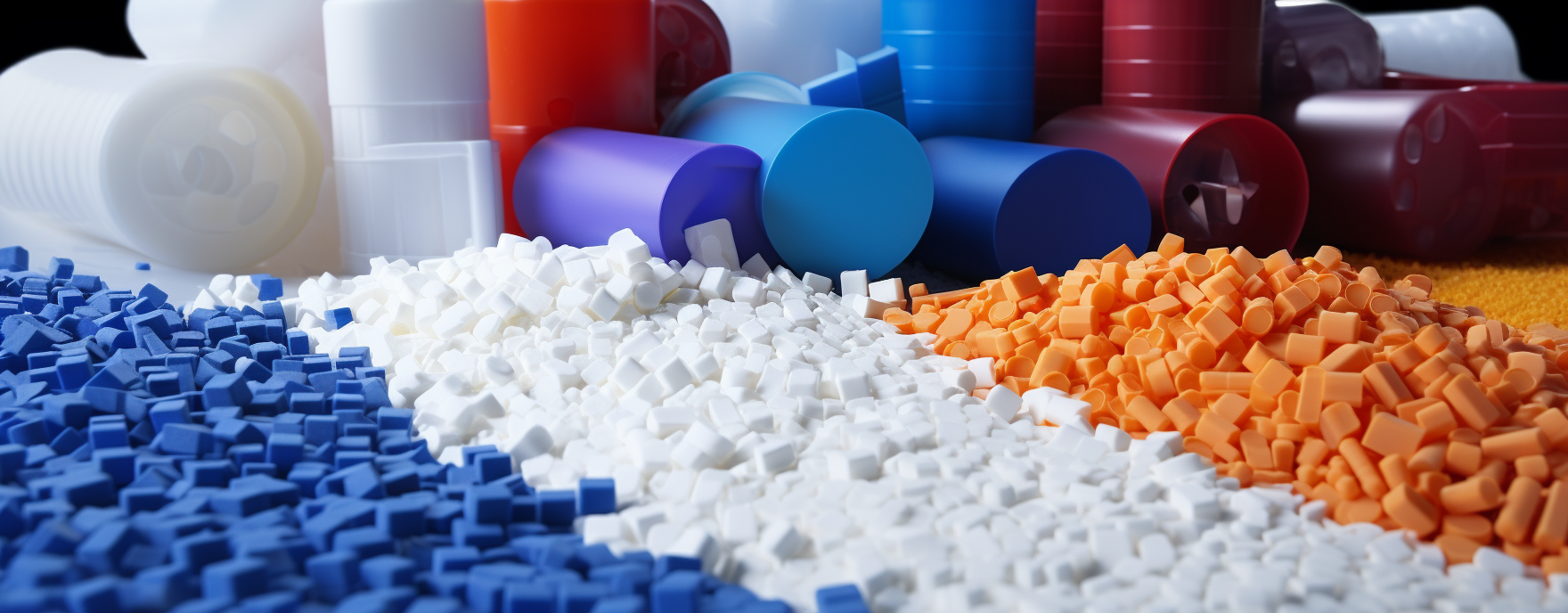
Yazar: ZTF Jeotermal Boru
Production of Polyethylene Pipes: An Inside Look
The production of polyethylene pipes involves a number of complex processes, from the selection of materials to the processing of the final product. These processes directly affect both product quality and sustainability. In this article, we will examine the production process of polyethylene pipes in detail.
İçindekiler
- 1 Polyethylene: Lightweight, Durable and Flexible
- 2 Production Process of Polyethylene Pipes
- 3 Environmental Impacts and Sustainability
- 4 Wide Range of Uses of Polyethylene Pipes
- 5 Result
- 6 Frequently Asked Questions About the Production of Polyethylene Pipes
- 6.1 How does the production process of polyethylene pipes work?
- 6.2 What are the environmental effects of polyethylene pipes?
- 6.3 Where are polyethylene pipes used?
- 6.4 How can the sustainability of polyethylene pipes be improved during their lifetime?
- 6.5 How is the quality ensured in the production of polyethylene pipes?
Polyethylene: Lightweight, Durable and Flexible
Polyethylene is a kind of lightweight and durable plastic with a wide range of applications. The reason why it is an ideal pipe material is its resistance to corrosion, low cost, flexibility and durability. Polyethylene is available in two main forms: high-density (HDPE) and low density (LDPE). HDPE is often used in the production of pipes because it offers higher temperature resistance and durability.
Production Process of Polyethylene Pipes
Production process of polyethylene pipes begins primarily with the melting and extruding of polyethylene raw material granules into tubular form. The melted material is pushed towards a mold with a certain shape and size, depending on the diameter of the pipe and the wall thickness. Then this pipe is cooled and cut. This simple process allows pipes to be produced in different sizes and shapes, while maintaining the flexibility and durability of polyethylene.
Environmental Impacts and Sustainability
The production of polyethylene pipes is an important issue in terms of environmental sustainability. Polyethylene is a plastic produced from petroleum, and therefore, the production process of this material can cause CO2 emissions. However, the durability and longevity of polyethylene pipes make them a sustainable option. The CO2 emissions that occur during the life of the pipes can offset the emissions that occur during the production process.
In addition, the production of polyethylene pipes is highly efficient in terms of energy consumption and waste generation. During the extrusion of raw material granules, a minimum of energy is consumed and a minimum amount of waste is generated. Unused or waste polyethylene can be recycled when necessary and used in the production of new pipes.
Wide Range of Uses of Polyethylene Pipes
The durability and flexibility of polyethylene pipes make them suitable for a wide range of applications. It is used in many fields from water and gas distribution systems to sewage systems, agricultural irrigation systems. In addition, the use of polyethylene pipes leads to the discovery of new areas of application and increases the popularity of polyethylene pipes.
However, despite the wide range of uses of polyethylene pipes, pipes must be of high quality and reliable. That’s where we come in. Our production process ensures the highest quality standards and guarantees the performance of our pipes. In addition, our sustainable production practices aim to reduce our impact on the environment and aim to create a greener world for future generations.
Therefore, in order to make the most of the many advantages provided by polyethylene pipes, remember that the production process and material selection are of critical importance. To get more information about our products or to find out how we can help you with your projects contact visit our page.
Result
The production of polyethylene pipes involves a number of complex processes, both from a technical and environmental point of view. However, the durability, flexibility and sustainability characteristics of these pipes make them a preferred option in a wide range of applications. To see these advantages provided by polyethylene pipes more closely our products you can visit the page to get detailed information communication you can contact us on our page.
Frequently Asked Questions About the Production of Polyethylene Pipes
How does the production process of polyethylene pipes work?
Polyethylene pipes are produced by melting polyethylene granules and extruding them into a tubular shape. During this process, the material is passed through molds with a certain diameter and wall thickness, cooled and cut.
What are the environmental effects of polyethylene pipes?
Polyethylene pipes are made from petroleum and can cause CO2 emissions. However, the durability and longevity of these pipes make them a more sustainable option. In addition, it reduces the environmental impact with low energy consumption and low waste production.
Where are polyethylene pipes used?
Polyethylene pipes are used in various fields such as water and gas distribution systems, sewer systems and agricultural irrigation systems. Their flexibility and durability make it easy for them to adapt to different applications.
How can the sustainability of polyethylene pipes be improved during their lifetime?
The lifetime sustainability of polyethylene pipes can be improved through recycling. Unused or waste polyethylene can be recycled for the production of new products, thereby reducing the amount of waste and optimizing resource utilization.
How is the quality ensured in the production of polyethylene pipes?
The production process is subject to strict quality control standards. At each production stage, the compliance of pipes with specifications and their ability to meet performance criteria are carefully examined, thus guaranteeing the reliability and durability of the final product.
Bir önceki yazımız olan Geothermal Energy Is An Important Role For a Sustainable World başlıklı makalemizde geothermal energy hakkında bilgiler verilmektedir.